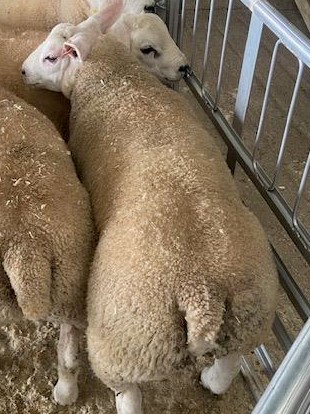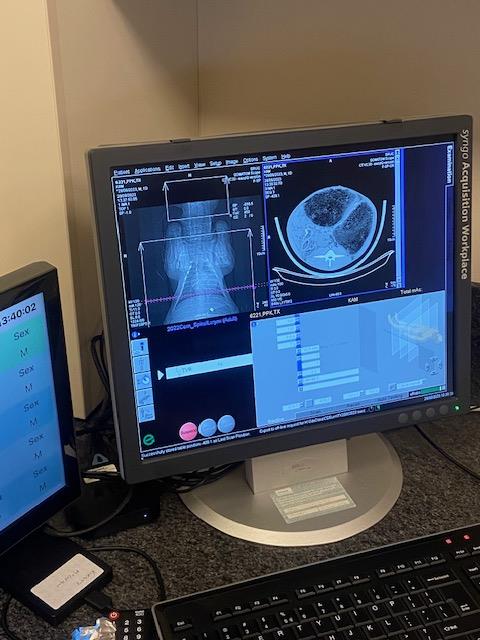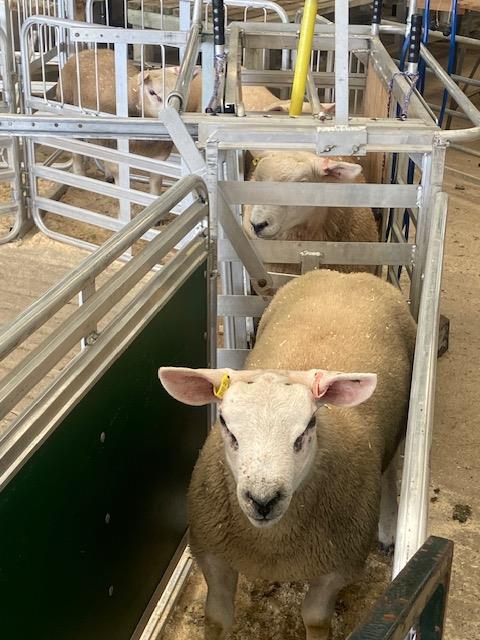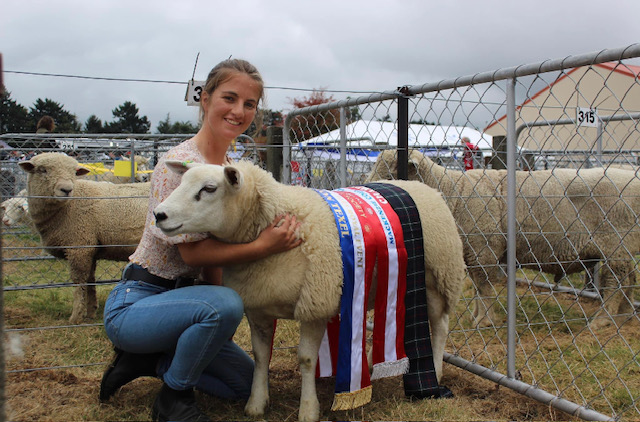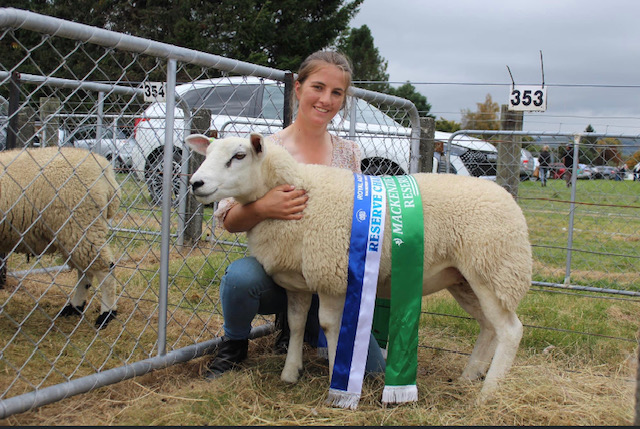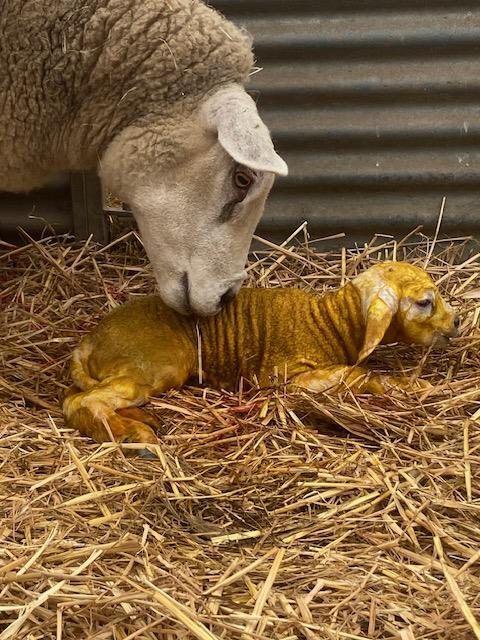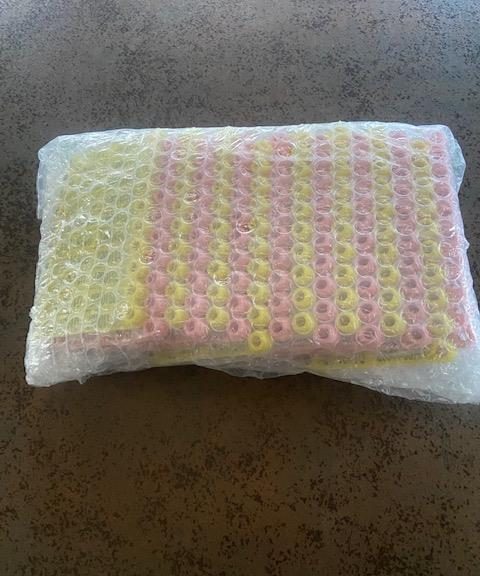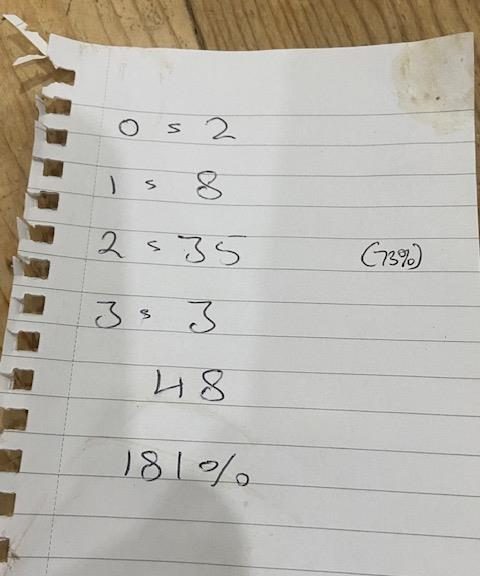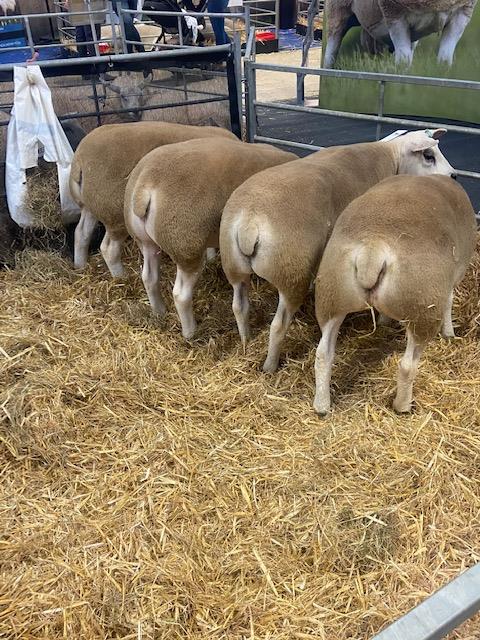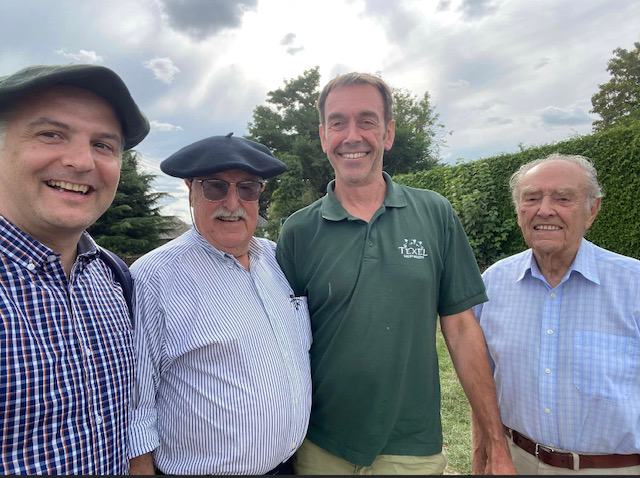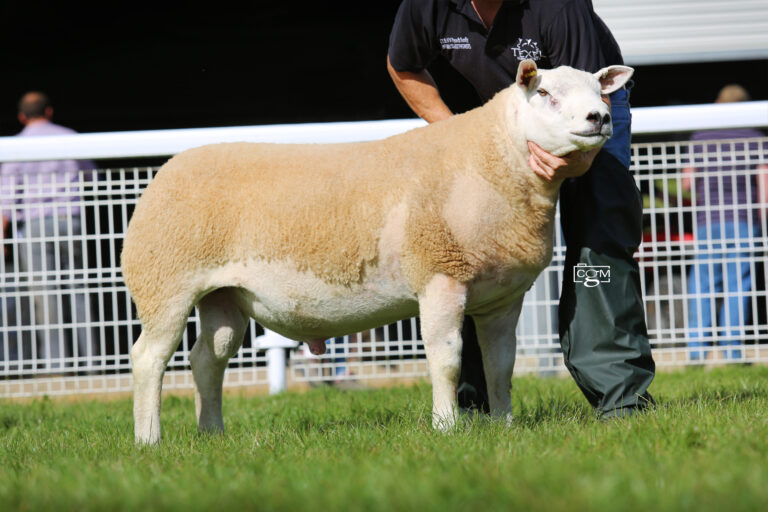Once of the key benchmarking tools that are used extensively to manage our flock are regular measurements of weight and carcass quality.
Our regime of data collection starts with recording the birth weight within 24 hours (measuring straight after birth is too messy!), this is applied consistently each year to ensure year on year comparisons can be made.
Then following birth the lambs are weighed each time they are handled, so the next weights are done when they receive their Ovipast vaccination around four weeks of age. As this routine is repeated we begin to build up a picture of Daily Live Weight Gain which we can review in our farm software. Whilst this is crude as it doesn’t take into account birth/rear type (single/twin/triplet), it does provide an early indication of growth rates and allow actions to be taken on any poor performers. This allows decisions to be made about removing any lambs who mothers might be struggling to rear multiples, they can then be marked for culling.
Weigh data is then submitted to The Texel Society via its iTexel platform so that it can be evaluated in a statistical model that allows an “apples and apples” comparison between sheep and also between flocks and production systems.
Additional data is added following ultrasound scanning for muscle depth and backfat and then the “best” five ram lambs are CT scanned with this data also being included within the evaluations.
Once evaluated we then have reasonably accurate information to make our breeding decisions as we know about carcass composition and growth.
Obviously technology improves all the time and we are excited about the prospect of using genomics in the next couple of years to improve accuracy even further, particularly on ram lambs.
The pictures below show some of the ram lambs on their day out to the CT scanner.
